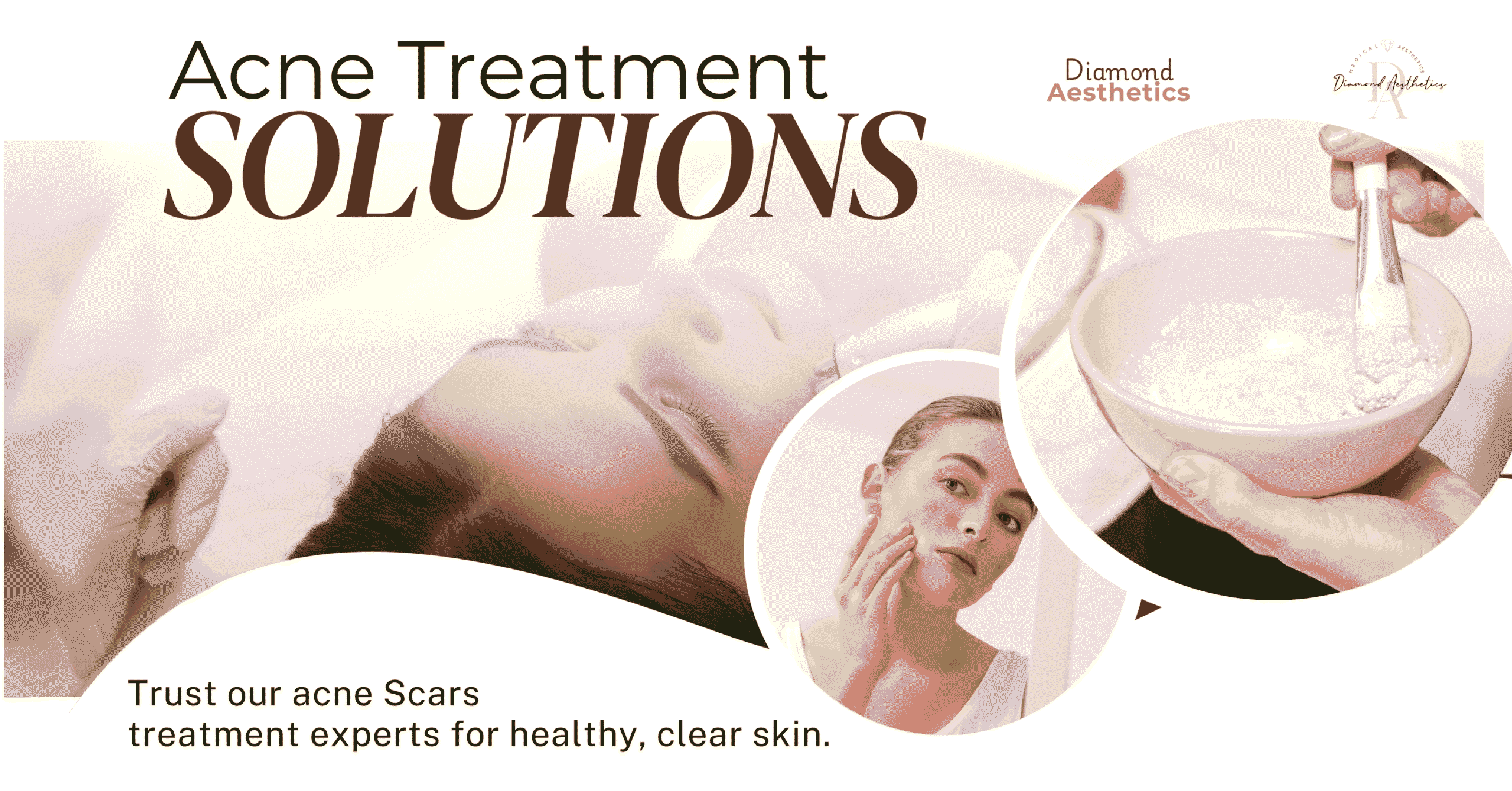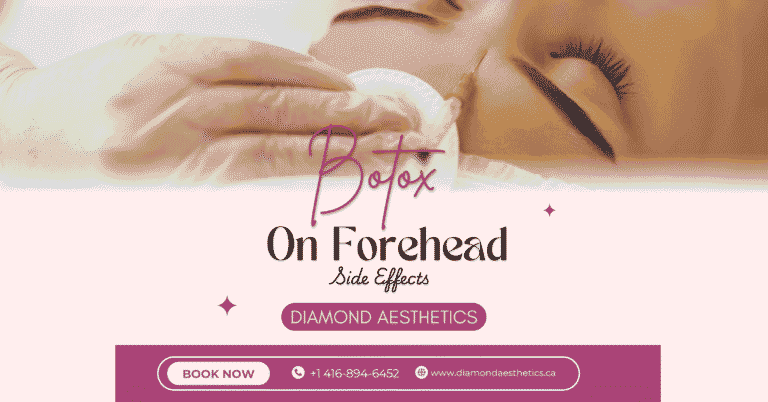Acne scars can be frustrating and stubborn, often lingering long after breakouts have cleared. Fortunately, advancements in dermatology and skincare offer effective treatments that target different types of scars. Whether you’re dealing with deep pitted marks or discoloration, this guide will help you understand your options and choose the best path to smoother, clearer skin.
Acne Scars Demystified: What Causes Them and How to Identify Each Type
Before exploring treatments, it’s important to understand what causes acne scars and how they differ. Scars form when acne causes inflammation in the skin, damaging the underlying tissue. Your body tries to heal itself, but if the healing process is uneven, it can result in scarring.
Understanding the Different Types of Acne Scars: What You Need to Know

- Atrophic scars: These appear as depressions in the skin and include boxcar, ice pick, and rolling scars.
- Hypertrophic scars: Raised, firm scars that often form on the chest, back, or jawline.
- Post-inflammatory hyperpigmentation: Dark spots that remain after acne has healed. These are not true scars but can be treated similarly.
What Triggers Acne Scars? The Hidden Factors Behind Your Skin’s Blemishes
Acne scars develop when inflamed blemishes damage the skin’s underlying tissues. This often occurs when cystic acne or severe breakouts penetrate deep into the skin and affect collagen production. Picking, squeezing, or popping pimples can further aggravate this damage and increase the risk of scarring.
Some of the most common causes include:
- Severe or cystic acne: Deep breakouts are more likely to leave lasting marks.
- Delayed or improper treatment: Not addressing acne promptly can lead to chronic inflammation and tissue damage.
- Genetics: Some people are more prone to scarring due to their skin’s natural healing response.
- Skin type and tone: Darker skin tones may develop post-inflammatory hyperpigmentation, while lighter tones may be prone to redness and pitted scars.
- Picking or squeezing blemishes: This causes further trauma and disrupts the healing process, often resulting in more pronounced scars.
Understanding these causes is the first step in preventing future scars and choosing the right treatment for your skin type. Severe or cystic acne
- Picking or popping pimples
- Genetics
- Delayed or improper acne treatment
Understanding the type of scar you have is essential for choosing the right treatment approach.
Top Dermatological Treatments for Acne Scars
Dermatologists offer a range of in-office procedures that significantly reduce the appearance of acne scars. These treatments are often the most effective for deep or persistent scars.
Laser Resurfacing
Laser treatments work by removing the outer layer of skin or stimulating collagen production beneath the surface. Popular types include fractional CO2 and erbium lasers.
This option is ideal for improving texture, minimizing deep scars, and reducing pigmentation. Recovery time varies but typically includes redness and peeling for a few days.
Chemical Peels
Chemical peels involve applying an acid solution to the skin to exfoliate damaged layers and encourage regeneration. Medium to deep peels, such as trichloroacetic acid (TCA), are commonly used for acne scars.
They work well for discoloration and shallow scars but may require multiple sessions. This option is generally safe for lighter skin tones, while people with darker skin should consult a specialist to avoid pigmentation issues.
Microneedling
Microneedling uses tiny needles to create controlled microinjuries in the skin, stimulating collagen and elastin production. Over time, this helps smooth uneven skin texture and reduce the depth of scars.
It’s particularly effective for rolling scars and post-inflammatory pigmentation. Pairing microneedling with platelet-rich plasma (PRP) therapy can enhance results.
Dermal Fillers
Dermal fillers are injected beneath the skin to raise depressed scars and create a smoother surface. Hyaluronic acid-based fillers like Juvederm or Restylane are commonly used.
The effects are temporary but can last from several months to over a year, depending on the product. This is a good option for boxcar scars that have defined edges.
Subcision
This minor surgical procedure involves inserting a fine needle under the skin to break fibrous scar tissue. It works well for tethered rolling scars and is often combined with other treatments like fillers or microneedling.
Subcision typically causes some bruising and swelling but delivers noticeable improvement after a few sessions.
At-Home Remedies and Over-the-Counter Products
While professional treatments deliver the most dramatic results, many people benefit from at-home options that gradually improve skin tone and texture.
Over-the-Counter Treatments
- Retinoids: Promote cell turnover and reduce pigmentation. Available as creams or serums.
- Alpha hydroxy acids (AHAs): Help exfoliate the skin and fade discoloration.
- Vitamin C serums: Brighten skin and support collagen production.
- Niacinamide: Reduces inflammation and improves skin tone.
These ingredients are often found in acne scar creams or skin renewal serums. Look for products labeled for post-acne marks or uneven skin tone.
Natural Remedies
While not a substitute for medical treatments, natural ingredients can support skin healing:
- Aloe vera: Soothes the skin and promotes healing.
- Honey: Has antibacterial and moisturizing properties.
- Rosehip oil: Rich in vitamin A and C, it helps improve skin texture and fade scars.
Consistency is key with these remedies. Results are gradual and vary depending on the severity of the scars.
The Role of Diet and Lifestyle in Scar Reduction
Your overall health plays a role in how your skin heals. Making smart lifestyle choices can prevent new scars and support the effectiveness of your treatment plan.
Nutrients That Support Skin Healing
- Vitamin C: Helps with collagen production and repair.
- Zinc: Reduces inflammation and supports wound healing.
- Omega-3 fatty acids: Found in fish and flaxseed, they help control oil production and inflammation.
- Protein: Essential for tissue repair.
Habits to Avoid
- Picking at acne
- Using harsh scrubs
- Skipping sunscreen (UV damage worsens scars)
Positive Lifestyle Changes
- Stay hydrated
- Get adequate sleep
- Maintain a balanced diet
- Manage stress, which can trigger breakouts
What to Consider When Choosing a Treatment Plan
With so many options, finding the right treatment depends on your skin type, scar severity, and personal goals.

Key Factors to Consider
- Type of acne scars: Some treatments work better for specific scar types.
- Skin tone: Certain procedures may pose a risk of pigmentation in darker skin. Look for treatments tailored for melanin-rich skin.
- Budget: In-office treatments can be costly. Evaluate your options and consider starting with a combination of at-home products and one professional procedure.
- Downtime: Some treatments require recovery periods. Choose what fits your lifestyle.
A personalized treatment plan often combines multiple approaches for the best results. For example, laser therapy followed by microneedling or peels can provide progressive improvement.
The Importance of Consulting with a Dermatologist or Skin Specialist
Trying to treat acne scars on your own can be frustrating. A qualified dermatologist can properly assess your skin and guide you toward the safest and most effective treatments.
Why Expert Advice Matters
- Proper diagnosis of scar type
- Customized treatment plan based on your skin tone and concerns
- Minimizing the risks of irritation or pigmentation
If you’re considering more intensive treatments like fractional CO2 laser or deep peels, always consult with a board-certified dermatologist, especially if you have darker skin tones. Clinics in cities like Toronto, Edmonton, or Vancouver offer a range of scar treatments tailored to different skin types.
Conclusion: Finding the Right Solution and Achieving Clearer Skin Today
Acne scars can affect more than just your appearance — they can also impact your confidence and emotional well-being. Thankfully, with the right knowledge and treatment plan, smoother, healthier skin is within reach.
Whether you choose clinical procedures like laser therapy, microneedling, or chemical peels, or prefer at-home remedies supported by lifestyle improvements, consistency and professional guidance are key.
Ready to start your journey toward clearer skin? Schedule a consultation with a skin specialist today and explore the treatment options that are right for you.
Looking for advanced acne scar treatments in Canada? Visit Diamond Aesthetics to learn how our experts can help you transform your skin safely and effectively.
What is the best treatment for acne scars on the face?
Laser resurfacing is considered one of the best treatments for facial acne scars, especially for deep or pitted scars. It helps smooth the skin by removing damaged layers and stimulating collagen production.
Can microneedling remove acne scars permanently?
Microneedling can significantly reduce the appearance of acne scars, especially when done in multiple sessions. While results are long-lasting, complete removal depends on scar severity and skin type.
How long does it take for acne scars to fade with treatment?
With professional treatments like chemical peels, lasers, or microneedling, visible results often appear within 4 to 12 weeks. Full improvement may take several months and multiple sessions.
Can I treat acne scars at home naturally?
Yes, home remedies like aloe vera, rosehip oil, and gentle exfoliation may help fade mild acne scars. However, natural treatments are slower and less effective than clinical options for moderate to severe scarring.
Is laser treatment safe for dark skin tones?
Yes, certain laser technologies like Nd:YAG lasers are safe for darker skin when performed by experienced dermatologists. A patch test is recommended to minimize the risk of hyperpigmentation.





[…] rejuvenation offers many benefits for your skin. Whether you’re dealing with fine lines, acne scars, or just dull skin, this treatment can help you achieve smoother, brighter, and healthier-looking […]
[…] platelets into areas that need regeneration. This could be thinning hair, wrinkled skin, or acne-scarred […]
[…] or long-lasting scars, professional care can offer faster, more noticeable results. Explore advanced skin treatment for acne scars at Diamond Aesthetics to restore clear, healthy skin with expert […]